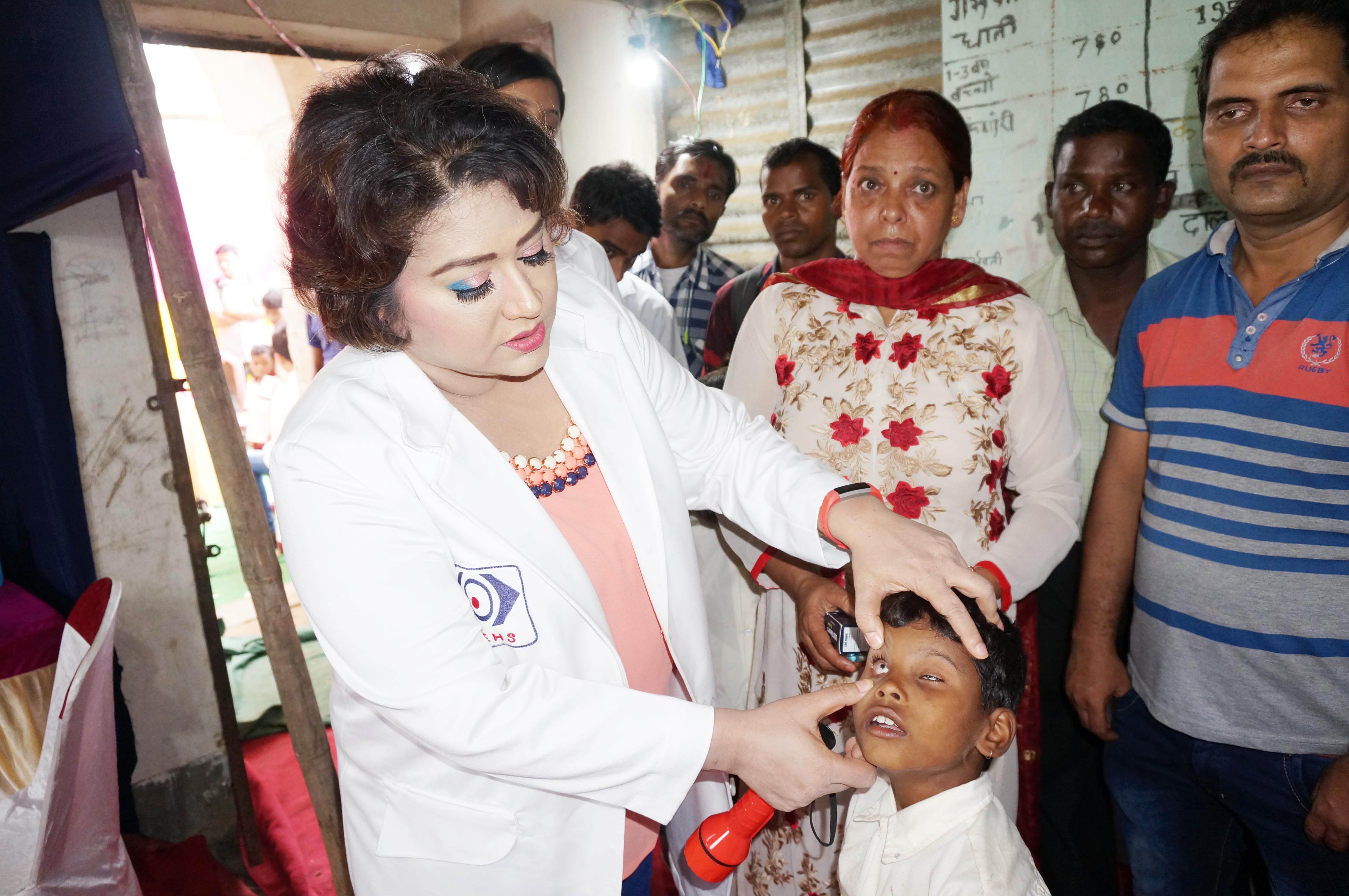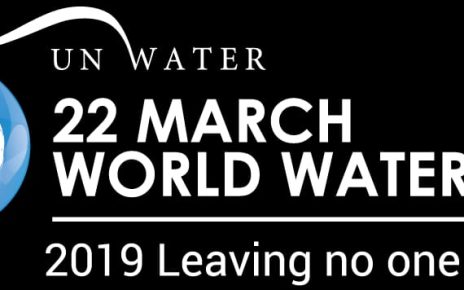 Ebola virus disease (EVD; also Ebola hemorrhagic fever [EHF]), or simply Ebola, is a disease of humans and other primates caused by ebolaviruses (EBOV). Signs and symptoms typically start between two days and three weeks after contracting the virus, as a fever, sore throat, muscle pain and headaches. Then, vomiting, diarrhea and rash usually follow, along with decreased function of the liver and kidneys. At this time, generally, some people begin to bleed both internally and externally. Death, if it occurs, follows typically six to sixteen days after symptoms appear and is often due to low blood pressure from fluid loss.
Ebola virus disease (EVD; also Ebola hemorrhagic fever [EHF]), or simply Ebola, is a disease of humans and other primates caused by ebolaviruses (EBOV). Signs and symptoms typically start between two days and three weeks after contracting the virus, as a fever, sore throat, muscle pain and headaches. Then, vomiting, diarrhea and rash usually follow, along with decreased function of the liver and kidneys. At this time, generally, some people begin to bleed both internally and externally. Death, if it occurs, follows typically six to sixteen days after symptoms appear and is often due to low blood pressure from fluid loss.
The virus spreads by direct contact of [skin] or mucous membrane with blood or other body fluids of an infected human or other animal or surfaces which had contact with these fluids . Infection with the virus may also occur by direct contact with a recently contaminated item. Spread of the disease through the air has not been documented in the natural environment. EBOV may be spread by semen or breast milk for several weeks to months after recovery. Fruit bats are believed to be the normal carrier in nature, able to spread the virus without being affected by it. Humans become infected by contact with the bats or with a living or dead animal that has been infected by bats. Once human infection occurs, the disease may also spread between people. Other diseases such as malaria, cholera, typhoid fever, meningitis and other viral hemorrhagic fevers can resemble EVD. Blood samples are tested for viral RNA, viral antibodies or for the virus itself to confirm the diagnosis.
Prevention
Infection control
Recommended measures for people caring for those infected with Ebola include the wearing of protective clothing including masks, gloves, gowns, and goggles.The CDC recommends that no skin be exposed. These same measures are recommended for those who may handle objects contaminated by the infected person’s body fluids. The CDC in 2014 began recommending that all people receive education on the proper suit-up and removal of personal protective equipment and that someone should be watching each step of the procedure to make sure it is done correctly. In Sierra Leone, the typical training period for the use of such safety equipment lasts approximately 12 days.
The infected person should be in barrier-isolation from other people. All equipment, medical waste, patient waste, and surfaces that may have come into contact with body fluids require disinfection. During the 2014 outbreak kits were put together to help familes treat Ebola in their homes which includes protective clothing as well as chlorine powder and other cleaning supplies. Education of those who provide care in these techniques, and the provision of such barrier-separation supplies has been a priority of the Doctors Without Borders organization.
Ebolaviruses can be eliminated with heat (heating for 30 to 60 minutes at 60 °C or boiling for 5 minutes). To disinfect surfaces, some lipid solvents such as some alcohol-based products, detergents, sodium hypochlorite (bleach) or calcium hypochlorite (bleaching powder), and other suitable disinfectants at appropriate concentrations can be used.
Education of the general public of the risk factors for Ebola infection and of the protective measures individuals can take is recommended by the World Health Organization. These measures include avoiding direct contact with infected people and regular hand washing using soap and water.
Bushmeat, an important source of protein in the diet of some Africans, should be handled with appropriate protective clothing and thoroughly cooked before consumption. Some research suggests that an outbreak in the wild animals used for consumption may result in a corresponding human outbreak. Since 2003, such animal outbreaks have been monitored with the aim of predicting and preventing Ebola outbreaks in humans.
If a person with Ebola dies, direct contact with the body should be avoided. Certain burial rituals, which might have included making any kind of direct contact with a dead body, require reformulation such that they consistently maintain a proper protective barrier between the dead body and the living. It is recommended that the bodies of people who have died from Ebola be buried or cremated only with proper care. Social anthropologists may help find alternatives to traditional rules for burials.
Transportation crews are instructed to follow a certain isolation procedure should anyone exhibit symptoms resembling the Ebola virus disease. The World Health Organization as of Aug 14, 2014 does not consider travel bans to be useful in decreasing spread.
In laboratories where diagnostic testing is carried out, biosafety level 4-equivalent containment is required, since ebolaviruses are World Health Organization Risk Group 4 pathogens. Laboratory researchers must be properly trained in BSL-4 practices and wear proper personal protective equipment.




